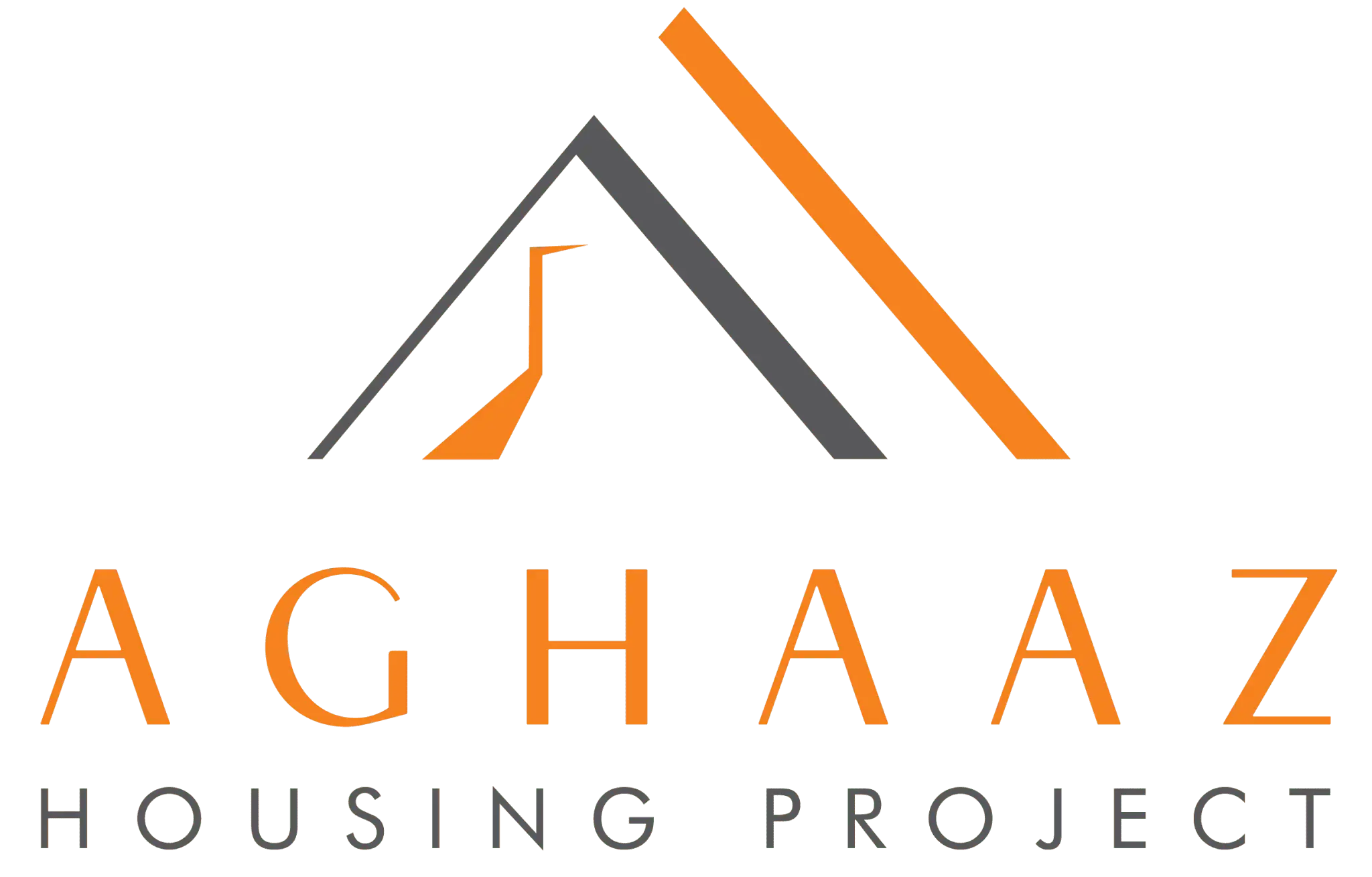The construction industry in Pakistan is undergoing a rapid transformation as 2025 approaches. Builders, contractors, and homeowners are closely monitoring the cost of construction material in Pakistan due to the country’s growing urbanization, extensive development projects, and rising demand for residential and commercial spaces. Knowing building prices for 2025 is crucial for precise budgeting and preventing unpleasant surprises later on, whether you’re planning a new house, remodeling, or business endeavor. We’ll look at the newest building material prices, current trends, and ways to cut costs without sacrificing quality in this blog.
The Driving Forces Behind Material Cost Hikes
It’s critical to comprehend the reasons behind price fluctuations before delving into the numbers. The construction material cost in Pakistan is influenced by several factors, including:
- Inflation and Currency Devaluation: Imports of heavy machinery, tiles, and fittings are all directly impacted by the Pakistani Rupee’s decline in value relative to the US dollar.
- Fuel and Transportation Costs: Materials sourced from other provinces or nations are subject to increased transportation costs due to rising petroleum prices.
- Demand vs. Supply Gaps: Projects linked to the China-Pakistan Economic Corridor (CPEC) and large housing schemes generate demand spikes that frequently surpass supply.
- Government Policies: Price structures can be immediately changed by adjustments to import taxes, import duties, or construction regulations.
These elements, along with supply chain interruptions and worldwide economic instability, have made building Material prices for 2025 a hot topic in the construction industry.
Updated Building Material Prices in Pakistan
Here’s a look at the current building material prices in Pakistan as of June 2025. Note: Prices can vary slightly depending on the region and supplier.
| Material | Unit | Average Price (PKR) |
| Cement (Ordinary) | Per 50 kg bag | 1,280 – 1,360 |
| Bricks (First-Class) | Per 1000 bricks | 18,000 – 21,000 |
| Sand (Ravi/Chenab) | Per cubic foot | 35 – 50 |
| Crush (Margalla/SG) | Per cubic foot | 100 – 120 |
| Rebar/Steel (60 Grade) | Per ton | 255,000 – 270,000 |
| Concrete Blocks | Per block | 60 – 80 |
| Tiles (Imported) | Per sq. ft. | 220 – 500 |
| Plumbing Pipes (PVC) | Per ft | 50 – 80 |
| Paint (Emulsion) | Per gallon | 2,500 – 5,000 |
| Wood (Deodar/Kail) | Per cubic ft | 6,500 – 10,000 |
These estimates give a general view of the construction material cost in Pakistan in 2025. It’s crucial to consult local vendors for precise, up-to-date quotations tailored to your specific location and project type.
Residential vs Commercial Construction Costs
Although building prices in 2025 differ based on whether you’re building a residence or a business, some trends apply to both industries.
- Residential Construction: The average cost of building a grey structure is between PKR 3,800 and PKR 4,800 per square foot, but full finishing can raise that figure to PKR 6,000 to PKR 7,500 per square foot.
- Commercial Construction: Commercial projects can cost PKR 8,000 per square foot or more because of sophisticated electrical configurations, HVAC systems, and higher finishing standards.
Therefore, maintaining the financial viability of your project depends on precise budgeting that accounts for labor and material costs.
How to Save on Construction Material Without Cutting Corners
You’re not alone if the rising construction material cost in Pakistan is making you feel overwhelmed. Thankfully, there are doable strategies to maximize your project budget:
- Purchase in Bulk: When you buy in bulk, suppliers give you better prices.
- Plan Ahead: Costs rise with delays. Waste and rework are decreased with a thorough construction plan.
- Use Local Materials: Using materials that are sourced locally boosts the local economy and lowers transportation costs.
- Compare Vendors: For any given material, always obtain quotes from a minimum of three suppliers.
- Reuse and Recycle: Take into account reusing materials like wood, steel, and bricks for remodeling or hybrid projects.
Future Trends in Building Prices
It is anticipated that a combination of economic factors, evolving construction methods, and technological innovation will influence building prices as we move through 2025 and beyond. The use of energy-efficient and sustainable materials will be one of the major trends.
Although they might initially cost a little more, environmentally friendly substitutes like fly ash bricks, recycled steel, solar-integrated panels, and insulated roofing will gain popularity. Furthermore, the digitization of the construction process—by means of AI-driven cost estimation and Building Information Modeling (BIM)—will assist developers in reducing waste and improving budget forecasting, which will eventually result in cost control.
The increasing use of prefabricated and modular construction methods, which shorten project durations and on-site labor hours and may offset inflationary pressures on materials, is another significant trend impacting future prices. Price volatility will still be significantly influenced by outside variables, such as fuel prices, currency devaluation, and governmental taxation policies. Building prices 2025 in Pakistan are expected to continue rising in 2025 and beyond due to rising housing and infrastructure demand, but both individual builders and major developers can effectively control costs with the aid of innovation and astute planning.
Final Thoughts
The construction material cost Pakistan in 2025 may seem overwhelming, but your ideal project is still very much within your grasp with careful planning, investigation, and strategic implementation. Pay careful attention to changes in the market, collaborate with trustworthy contractors, and select materials that align with your long-term objectives and budget.
Being aware of building prices for 2025 gives you a significant edge in one of Pakistan’s most vibrant industries, whether you’re starting construction on a residential or commercial project.
Call us: +92 345 8600 103
Email: info@aqdevelopers.com

